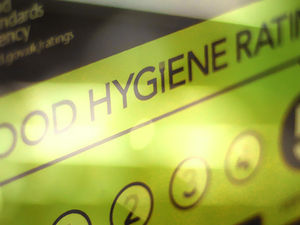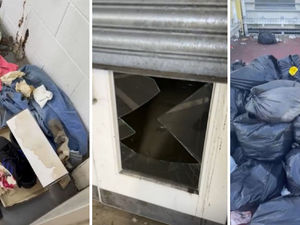What is filtering? And is it legal?
You are sat in a queue of traffic and a biker rides on the outside of the line of cars, or if there is more than one lane of traffic going in the same direction, then the biker travels between the two. This is filtering.
What does the Highway Code say?
You may be surprised to know that the Highway Code says very little about filtering. There are no specifics on how fast traffic should be moving when filtering is allowed, or how fast a motorcyclist can travel while filtering.
Section 88 of the Highway Code says: "When filtering in slow-moving traffic, take care and keep your speed low." This section clearly applies an onus of care and caution on to the rider while performing their manoeuvre.
Section 211 of the Highway Code says: "It is often difficult to see motorcyclists and cyclists, especially when they are coming up from behind, coming out of junctions, at roundabouts, overtaking you or filtering through traffic. Always look out for them…"
Sections 204 to 225 discuss vulnerable road users including pedestrians, children, cyclists, and motorcyclists, and puts an onus of care on the vehicle driver to ensure they look out for these groups when making their own manoeuvres.
While there are no specifics with regards to speeds or distances covered, there are times when filtering is not allowed, for example:
Section 129 of the Highway Code says you cannot cross a solid white line except to turn into a drive or side street, to pass a stationary vehicle, to overtake a cyclist or a horse, or to pass a road maintenance vehicle.
Section 191 of the Highway Code says you must not overtake the moving vehicle nearest the crossing, or the vehicle nearest the crossing, which has stopped to give way to pedestrians.
Section 144 of the Highway Code says you must not drive dangerously, drive without due care and attention, or drive without reasonable consideration for other road users.
It is generally considered that the speeds of the traffic and the rider should be low, and that drivers and riders should act in a considerate and safe manner.
What does the law say?
The laws surrounding filtering are based on case law (where the ruling of a judge in a case defines the law). Therefore the person responsible for an incident with a filtering motorcycle and another vehicle has been decided over the years by a number of cases.
Initially, back in the 1960's, the blame, irrespective of the incident, was usually laid at the door of the motorcyclist. This position has changed over the years in recognition that filtering is a legitimate practice for cyclists and motorcyclists, and the position is now more reasonable.
If a motorcyclist is travelling too fast, traffic isn't moving slowly, or the motorcyclist appears from behind a large vehicle from which they could not be seen, then they are likely to find themselves at fault
Equally, for example, if a vehicle changes lanes without considering a cyclist or motorcyclist, for example they don't lookout for them, or there is insufficient space for them to stop or avoid a collision, then the driver is likely to find themself at fault.
As the topic of my last blog, the basic principal of sharing the same space applies. We just need to be considerate and appreciate that different modes of transport can and do act differently in different situations.
See the original post on Cy's blog here.




